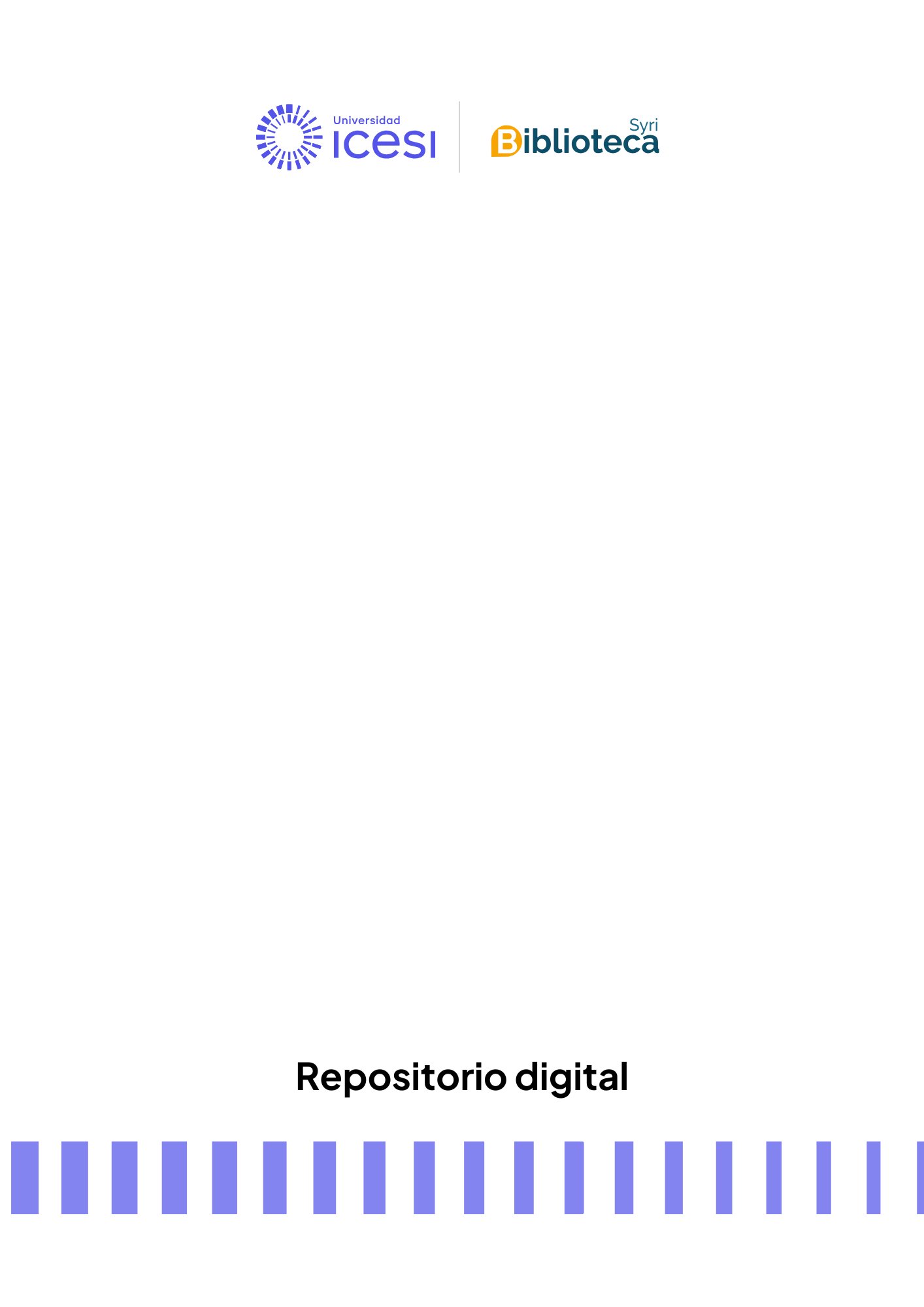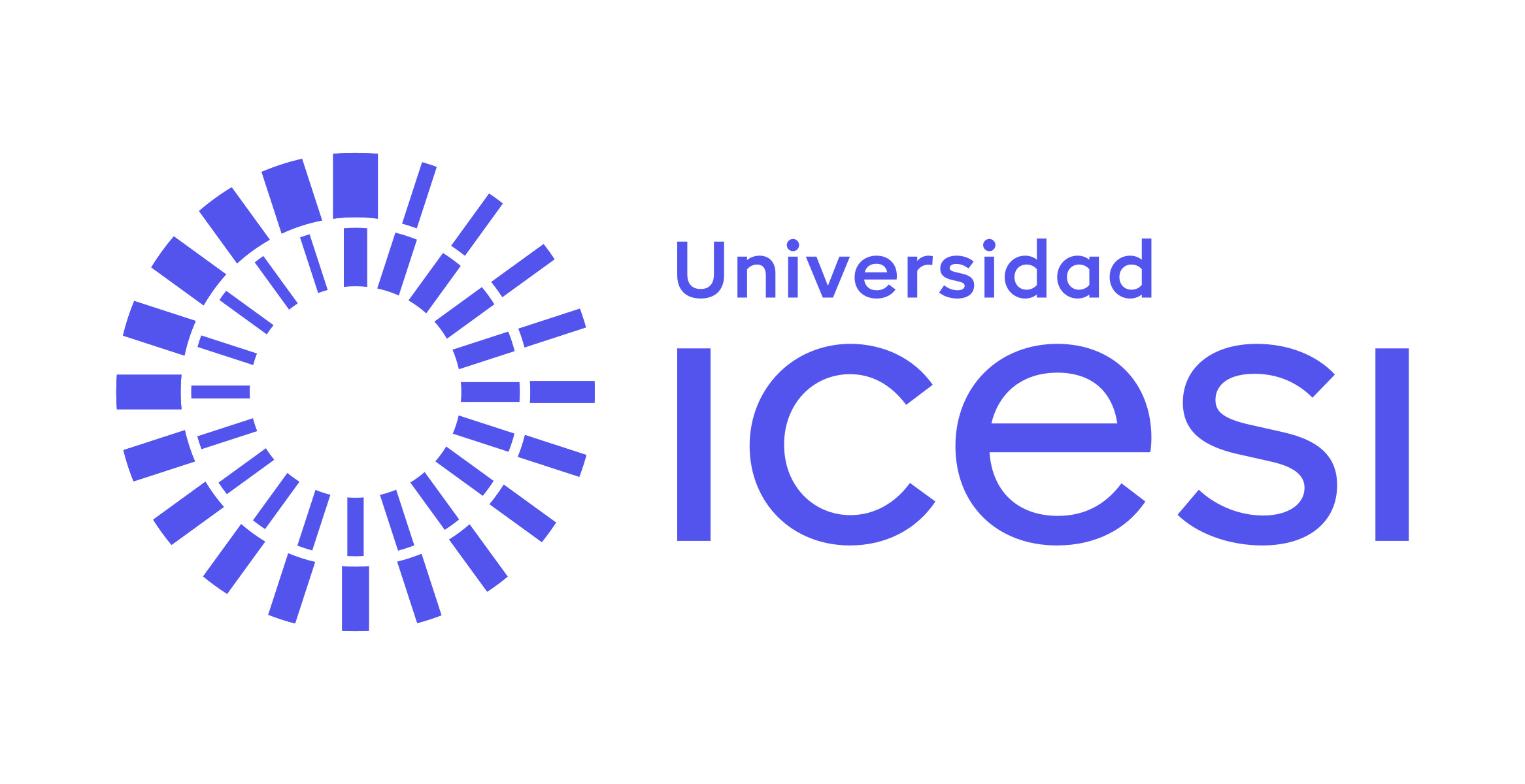Development of an Indole-Amide-Based Photoswitchable Cannabinoid Receptor Subtype 1 (CB1R) “Cis-On” Agonist

Archivos
Fecha
Director de tesis/Asesor
Título de la revista
ISSN de la revista
Título del volumen
Publicador
Editor
Compartir
Resumen
Activation of the human cannabinoid receptor type 1 (hCB1R) with high spatiotemporal control is useful to study processes involved in different pathologies related to nociception, metabolic alterations, and neurological disorders. To synthesize new agonist ligands for hCB1R, we have designed different classes of photoswitchable molecules based on an indole core. The modifications made to the central core have allowed us to understand the molecular characteristics necessary to design an agonist with optimal pharmacological properties. Compound 27a shows high affinity for CB1R (Ki (cis-form) = 0.18 μM), with a marked difference in affinity with respect to its inactive “trans-off” form (CB1R Kitrans/cis ratio = 5.4). The novel compounds were evaluated by radioligand binding studies, receptor internalization, sensor receptor activation (GRABeCB2.0), Western blots for analysis of ERK1/2 activation, NanoBiT βarr2 recruitment, and calcium mobilization assays, respectively. The data show that the novel agonist 27a is a candidate for studying the optical modulation of cannabinoid receptors (CBRs), serving as a new molecular tool for investigating the involvement of hCB1R in disorders associated with the endocannabinoid system.

